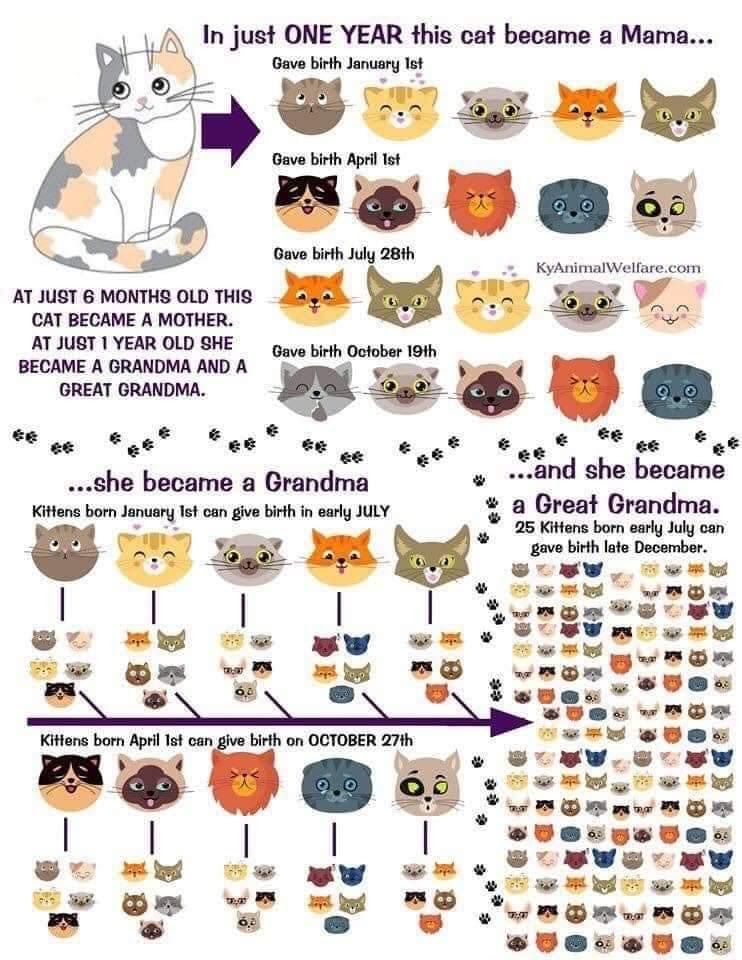HSCC COMMUNITY CATS TRAP NEUTER & RETURN (TNR) PROGRAM
Community Cats (sometimes called feral cats) bring to mind so many different images and concepts for everyone. But community cat populations have a significant impact on the lifesaving ability of every animal rescue organization in the world. Community cats are incredibly resilient, adaptive animals. Community cats include feral, semi-feral, abandoned/stray, and friendly cats living outdoors. Many colonies have human caretakers, who feed them and watch over them on a regular basis.
In a Trap-Neuter-Return program, community cats are humanely trapped (with box and drop traps), brought to a veterinarian to be spayed or neutered, vaccinated, ear tipped (the universal sign that a community cat has been neutered and vaccinated), and then returned to their outdoor home. The benefits of a TNR’d community cat colony include: healthy vaccinated cats, a stable colony size, a controlled population with no new kittens, cat provided rodent control, and increased lifesaving of cats across the county.
Nationally, 900,000 cats were brought into animal shelters in 2020, of which 11% were euthanized, due to a lack of space and adoptable homes. Feral Cats, that are surrendered to shelters, face nearly 100% euthanasia because they are not adoptable. The benefits of a TNR’d community cat colony include: healthy vaccinated cats, a stable colony size, a controlled population with no new kittens, cat provided rodent control, and increased lifesaving of cats across the county.
HSCC Cat Facts:
- 1784 cats/kittens in the last year +29%
- 786 Kittens +26%
- 681 cats were TNR’d, despite clinic COVID-19 closure for 2 months
- 90% of adopted shelter kittens were born from community cat mothers
HSCC TNR Program:
- All HSCC TNR cats receive Spay/Neuter surgery, Rabies & FVRCP Vaccines
- All TNR Cats are Ear-Tipped (to identify them as belonging to a managed colony)
- HSCC TNR program cats return to their original colonies managed by their caretakers
- HSCC provides supplemental food, housing, and medical support when available
- HSCC TNR efforts are 100% funded by grants and donations
- Since program inception in Fall 2016, HSCC has TNR’d over 4100 cats to date
TNR- Trap-Neuter-Return
- Stabilizes feral cat colonies
- Improves cats’ lives
- Works—other methods just don’t
- Less kittens are born
- Fewer unwanted cats euthanized in shelters
- Answers the needs of the community
- Protect cats’ lives.
KITTENS-KITTENS-KITTENS
90% of adoptable kittens come from TNR Colonies
Kittens are best left with their mother until they are at least 4-6 weeks old. Mother’s milk provides kittens with all of the nutrients and immunity that they need to survive and thrive. Whenever possible, staying with mom (until the kitten can eat solid food) is the best. Kittens raised by feral moms learn to fear humans. But if they are placed into foster care by 6-8 weeks of age, they can be socialized and become well-rounded, loving pets (who can be adopted in a few weeks).
How the Community Outreach Program Helps Homeless Cats
Download & Print the TNR Pamphlet from the Humane Society of Charles County — CLICK HERE
For more Information & Articles about helping community cats
- Do you have a “community cat” colony that you are caring for? Can you be a caretaker to a colony of “community cats”? If so, and would like to get them to spay/neutered and returned back to the area they are familiar with? Please fill out the below application and we will be in touch with you to trap, spay/neuter, and return the cats to their original location.
If you have any additional questions about how the HSCC’s TNR program works, please email
Now that you understand how we can help you stop the overpopulation of homeless cats in your area, and allow them to live out their days in the area they are familiar with, continue below and fill out the online form!
*****PLEASE NOTE:****** During the winter months, TNR provided by the Humane Society of Charles County will not accept any applications until March. This is due to the fact that it is not safe to release a newly spayed/neutered cat back outdoors during the cold months. Fill out the form below with the understanding that if it is winter, trapping will not resume until March (or when it becomes a bit warmer).

